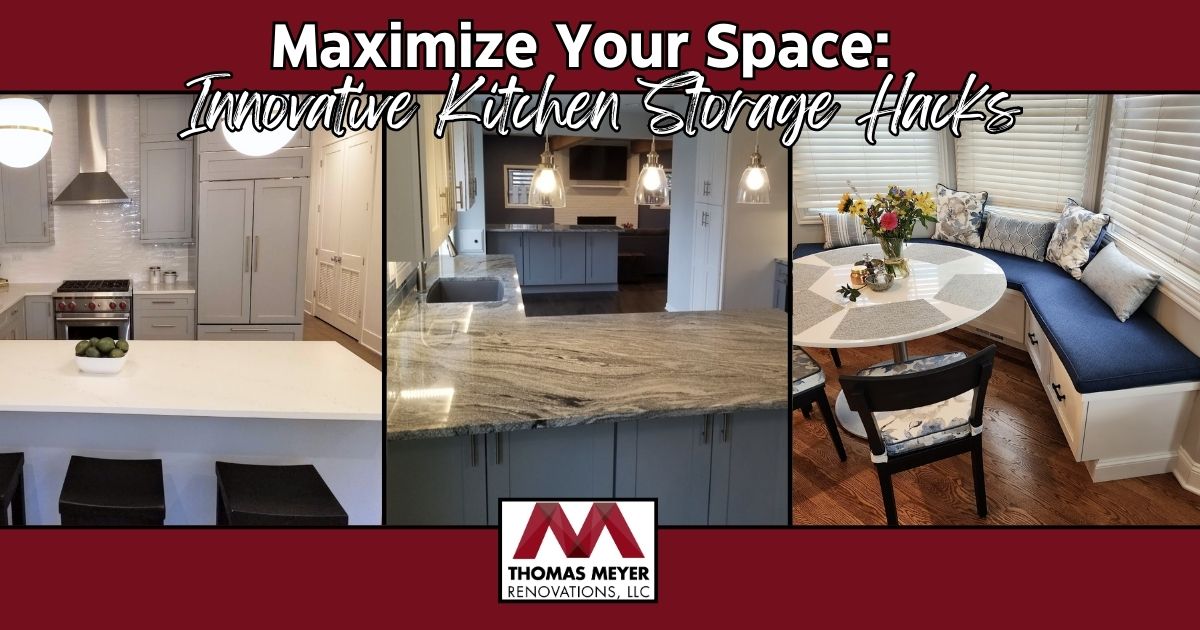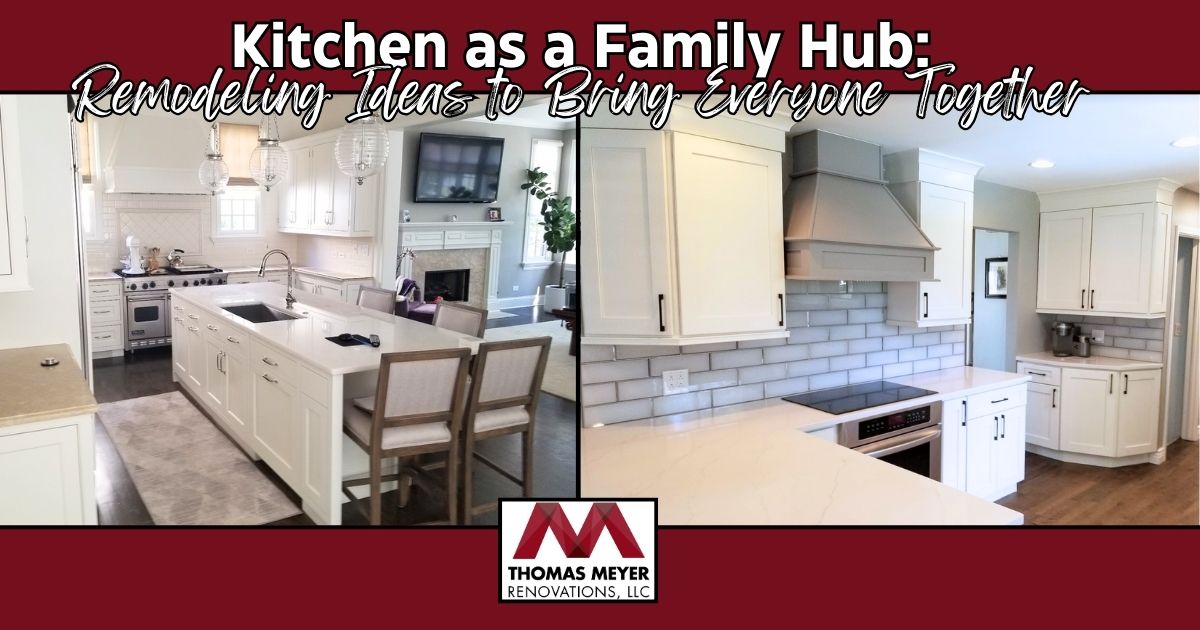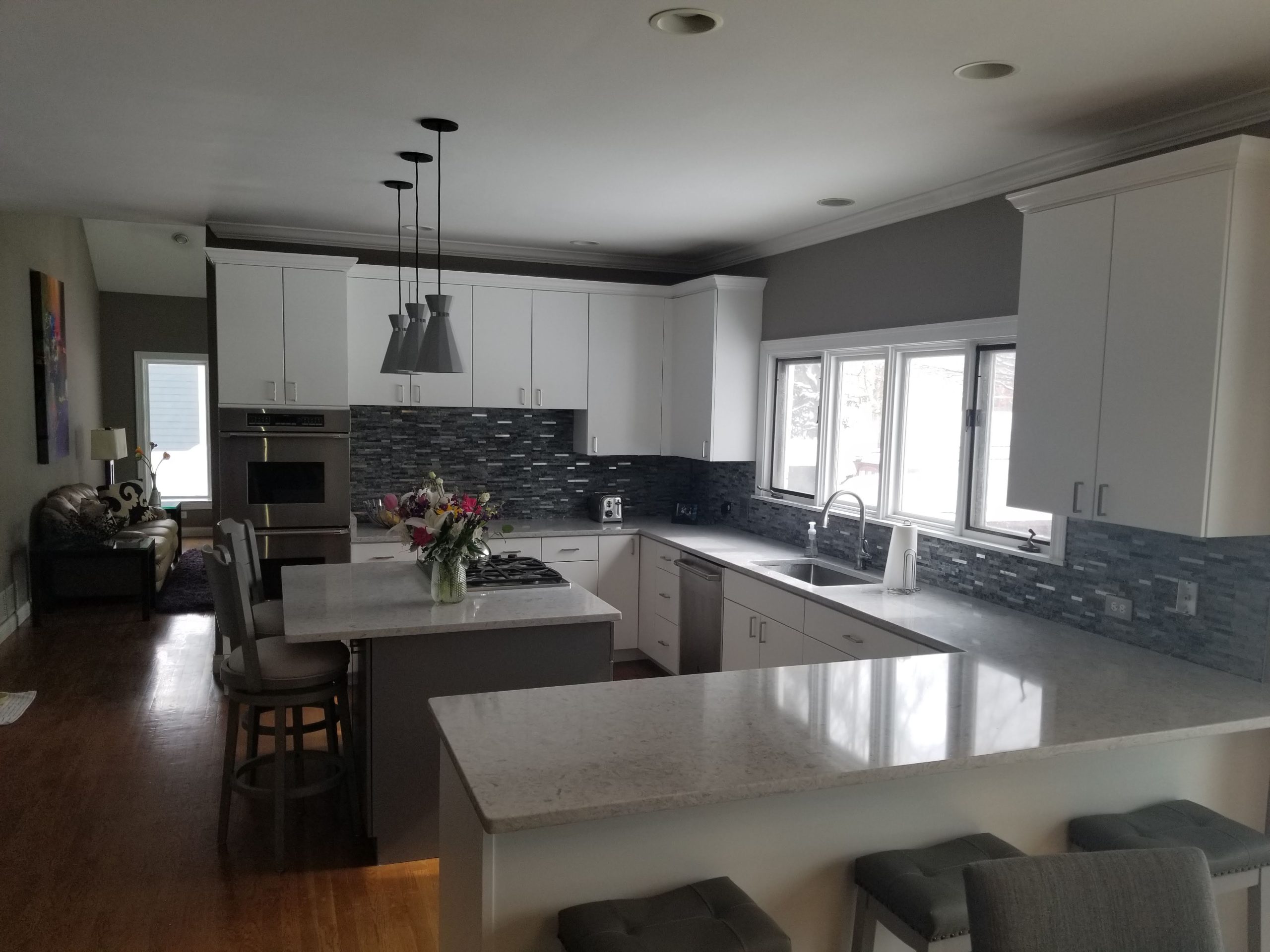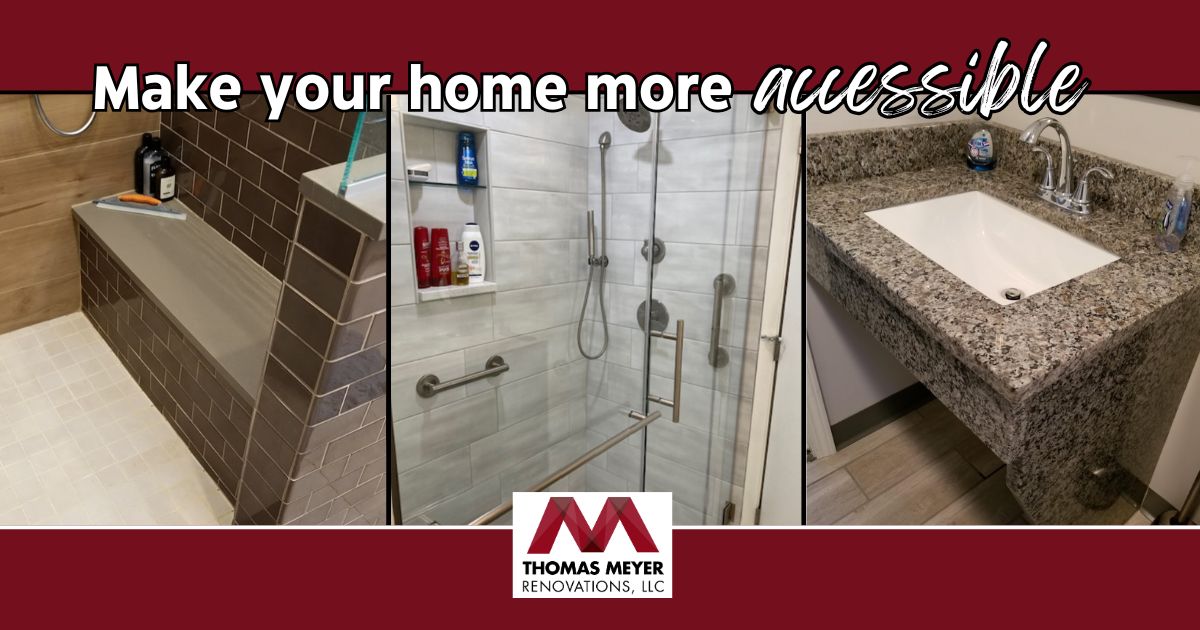Transforming an underutilized basement into a functional, inviting space is an exciting basement remodel project that can greatly enhance your home. With some budget-friendly basement remodel ideas and smart planning, you can maximize this often-overlooked area’s potential.
Before starting a basement renovation, address any moisture issues by waterproofing cracks or leaks and controlling humidity levels. Next, determine the basement’s intended purpose, whether a home theater, gym, or additional living space, while considering ceiling height and necessary upgrades to systems like plumbing and electrical.
Prioritize Essentials
Before embarking on any cosmetic upgrades or renovations, it’s crucial to address any underlying structural or safety issues within your basement. Prioritize essential improvements that protect your home’s integrity and your family’s well-being. This includes:
- Addressing moisture and water-related problems:
- Confirm there are no moisture or water issues in the basement before starting any work.
- Waterproof cracks or leaks, and install a dehumidifier to control humidity levels.
- Waterproofing is typically the most expensive part of a basement remodel, costing around $4,500 on average.
- Ensuring safety and compliance:
- Inspect and update outdated electrical systems, plumbing, or any potential hazards.
- Incorporate egress requirements, ensuring a proper emergency exit point besides the main door if including a bedroom.
- Hire an inspector to identify and address any safety concerns or potential hazards.
- Prioritizing high-ROI renovations:
| Renovation | Typical ROI |
| Kitchen remodel | 70-80% |
| Bathroom remodel | 60-70% |
| Adding a deck/patio | 60-80% |
| Landscaping upgrades | 100%+ |
Focus on projects that increase your home’s resale value, such as kitchen and bathroom remodels, adding outdoor living spaces, or improving curb appeal.
While it’s tempting to dive into the exciting aspects of a basement remodel, addressing essential repairs and safety concerns should be the top priority within your budget constraints. This proactive approach ensures a solid foundation for your dream basement renovation.
Budget-Friendly Flooring Solutions
When it comes to basement flooring, durability and moisture resistance are crucial factors to consider. Basements, being below ground and sitting on concrete slabs, require flooring options that can withstand potential moisture issues. Expensive choices like marble tile or plush carpeting may not be the most practical solutions for this space.
One budget-friendly option is luxury vinyl tile (LVT), which offers water-resistant properties and a wide range of styles at a more affordable price point than traditional tile. The existing concrete slab can also be utilized as-is, with a good cleaning and grinding down of rough spots. For a decorative touch, the concrete can be acid-stained or polished and sealed, although this may add to the overall cost.
Cost-Effective Flooring Alternatives
- Vinyl Planks or Sheets: These can be ‘floated’ over the concrete slab with an underlayment, providing a durable, moisture-resistant, and easy-to-install option.
- Glazed Ceramic Tile: While the tiles themselves are budget-friendly, the labor cost for installation can be relatively high.
- Modular Carpet Tiles: Carpet tiles with moisture-resistant backing can work well in basements, allowing for custom designs and easy replacement if needed.
- Laminate Flooring: Offering a wood-like look at a low cost, laminate flooring can be a viable option, though its durability may be a concern in high-traffic areas.
For basement playrooms, kids’ spaces, or exercise rooms, consider foam kids and gym mats, rolled rubber flooring, or peel-and-stick carpet tiles made from recycled plastic bottles. These options can cost less than $2 per square foot and provide a comfortable, cushioned surface. Foam tiles with a wood grain look and feel can also be a moisture-resistant choice, allowing for easy installation and removal.
Smart Lighting Strategies
Basements often lack natural light, making artificial lighting a crucial element in creating a warm and inviting atmosphere. An effective lighting plan should incorporate a mix of lighting types to meet various needs and enhance the overall ambiance.
Recessed or Can Lights
Recessed or can lights are an excellent choice for providing ample general illumination throughout the basement space. These lights are installed flush with the ceiling, creating a sleek and modern look while evenly distributing light across the room. However, if you’re concerned about noise traveling upstairs, consider alternative lighting options.
Accent Lighting
To add depth and dimension to your basement, incorporate accent lighting strategically. LED strip lights can be used to highlight architectural features, such as exposed beams or shelving units, creating a cozy and inviting atmosphere. Floor lamps and table lamps can also serve as accent lighting, adding warmth and character to specific areas.
| Lighting Type | Advantages | Considerations |
| Recessed/Can Lights | Even illumination, modern look | Potential noise transfer |
| LED Strip Lights | Versatile, energy-efficient | Requires careful placement |
| Floor/Table Lamps | Ambiance, task lighting | Space requirements |
Remember, a well-lit basement not only enhances functionality but also contributes to a welcoming and comfortable environment. By combining different lighting sources, you can create a space that feels bright, inviting, and tailored to your specific needs.
Creative Storage and Organization
Maximizing storage and keeping your basement organized is essential for creating a functional and clutter-free space. With a little creativity and the right solutions, you can achieve an organized basement without breaking the bank.
Versatile Storage Solutions
Look for versatile and budget-friendly storage options that can be easily adapted to your specific needs. Consider the following:
- Shelving Units: Freestanding shelving units like the Style Selections Steel Utility Shelving Unit offer high weight capacity, adjustable shelf heights, and easy assembly, making them an excellent choice for storing various items.
- Storage Bins: Clear Weathertight Totes are a great option for basement storage, providing an air and watertight seal to protect your belongings, sturdy lid latches, and multiple size options.
- Over-the-Door Racks: The Elfa Utility Over the Door Rack is a space-saving solution that frees up shelf and floor space while offering customizable and sturdy steel construction.
- Toy Organizers: Keep your children’s play area tidy with the Toy Organizer Cabinet, featuring sturdy construction, versatile drawers with wheels, and a clean look by hiding toys when not in use.
Repurposing and Maximizing Space
Another example of basement remodel ideas is to get creative with repurposing old furniture or utilizing often-overlooked spaces for additional storage:
- Repurpose an old dresser or cabinet by removing drawers and adding shelves for a customized storage unit.
- Utilize the space under the basement stairs by incorporating drawers or cabinets for storing blankets, linens, and other items.
- Install wall-mounted bookcases or create a library wall to store and display your book collection, organized by color for a stylish look.
- Dedicate an area with floating shelves, storage cabinets, and a workspace for craft and gift-wrapping supplies.
Functional and Decorative Storage
Combine storage solutions with decorative elements to create a cohesive and visually appealing basement:
- Build a wet bar under the basement stairs with a sink, mini-fridge, and recessed shelves for glassware and bar supplies.
- Incorporate a storage bench or banquette to hide toys, games, and other items while providing additional seating.
- Design floor-to-ceiling closets to organize off-season clothing, holiday decor, and entertainment systems.
- Use a console with floating shelves above to store electronics and display books, souvenirs, and decor.
By incorporating these creative storage and organization ideas, you can transform your basement into a functional and clutter-free space without compromising on style or exceeding your budget.
Use These Basement Remodel Ideas to Enhance Your Living Space and Add Home Value
Transforming an underutilized basement into a functional and inviting space can be an exciting and rewarding project. By prioritizing essential repairs and safety measures, implementing budget-friendly flooring solutions, incorporating smart lighting strategies, and maximizing storage and organization, you can create a comfortable and practical basement area within your budget constraints. With the right planning and creative approaches, your basement remodel has the potential to enhance your living space while adding value to your home.
Remember, a successful basement renovation requires careful consideration of your unique needs, lifestyle, and available resources. By focusing on cost-effective solutions and embracing innovative basement remodel ideas, you can achieve your desired outcome without compromising on quality or exceeding your financial limits. Embrace the challenge and enjoy the process of transforming your basement into a space that truly reflects your personal style and enhances your overall living experience.
FAQs
How can I optimize the use of space in my basement?
To effectively utilize the space in your basement, consider implementing several strategies:
- Install a cubby system to organize items.
- Hang larger items to free up floor space.
- Create storage areas in unused spaces.
- Add built-in shelving for additional storage.
- Repurpose old cabinets to serve new storage needs.
- Use plastic bins for easy, stackable storage.
- Install a pegboard to hang tools and accessories.
What adds the most value to a basement?
Enhancing your basement by increasing its square footage is a significant way to add value to your home. This can be achieved by finishing the basement or remodeling it to include additional functional spaces such as a bathroom, a guest bedroom, or a private area for teenagers.
What is the most expensive part of finishing a basement?
The four items that will demand more of the basement remodeling budget than others are:
- Plumbing and Electrical Work. Installing or upgrading plumbing and electrical systems can be costly due to the complexity and need for professional labor.
- HVAC Systems. Extending heating, ventilation, and air conditioning systems to the basement can require a significant investment; however, it’s essential to a comfortable space.
- Insulation and Waterproofing. Proper insulation and waterproofing are necessary to prevent moisture issues and ensure comfort.
- Flooring and Finishes. High-quality flooring materials and finishes, such as hardwood or tile, have the potential to drive up costs. However, we have many high-quality and cost-effective options available. Give us a call at (847) 907-0844 or tell us about your project and we’ll be happy to discuss different types of flooring with you!
How can I fix my basement on a budget?
To save money during your basement remodel, consider these five tips:
- Clearly define the purpose of the remodeled space.
- Reuse existing furniture and decor to cut costs.
- Opt for more affordable materials and finishes.
- Undertake some of the work yourself if you have the skills (DIY).
- Focus on practical enhancements that offer the most utility.
What is the most cost-effective method for constructing basement walls?
Building basement walls on a budget can be achieved through various means:
- Use stone or brick 3D wall paneling for an affordable yet attractive look.
- Install wood paneling to add warmth and character to the basement.
- Consider rigid foam sheets for insulation and ease of installation.
- Opt for decorative or flat panels which can be economical choices.
- Explore board and batten, drywall, or Wahoo Walls for cost-effective solutions that do not compromise on quality.
What are the trends in basement remodeling in 2024?
Some of the biggest trends in basement remodeling in 2024 are:
- Multi-functional Spaces. Basements are being designed to serve multiple purposes, such as home offices, entertainment hubs, or personal retreats.
- Smart Home Integration. Incorporating advanced technology solutions like energy-efficient lighting and smart home systems is becoming increasingly popular.
- Open Concept Designs. Open layouts that create a seamless flow between different areas of the basement are in demand.
- Natural Elements. Using materials like wood and metals, along with features like indoor/outdoor fireplaces, can bring a touch of nature indoors.
- Home Theaters and Entertainment Centers. The basement can be transformed into a cozy home theater with comfortable seating, a large screen, and surround sound. Consider soundproofing to enhance the experience. We can help with the space and experts like The Audio Experience, Holm Audio, and Superior Audio Systems are great at finding the best sound equipment for your requirements.
- Wellness and Fitness Areas. Your basement can have a dedicated space for exercise and relaxation. Some ideas on how to equip the space: Add gym equipment, yoga mats, and perhaps a small sauna or steam room for a complete wellness retreat.






